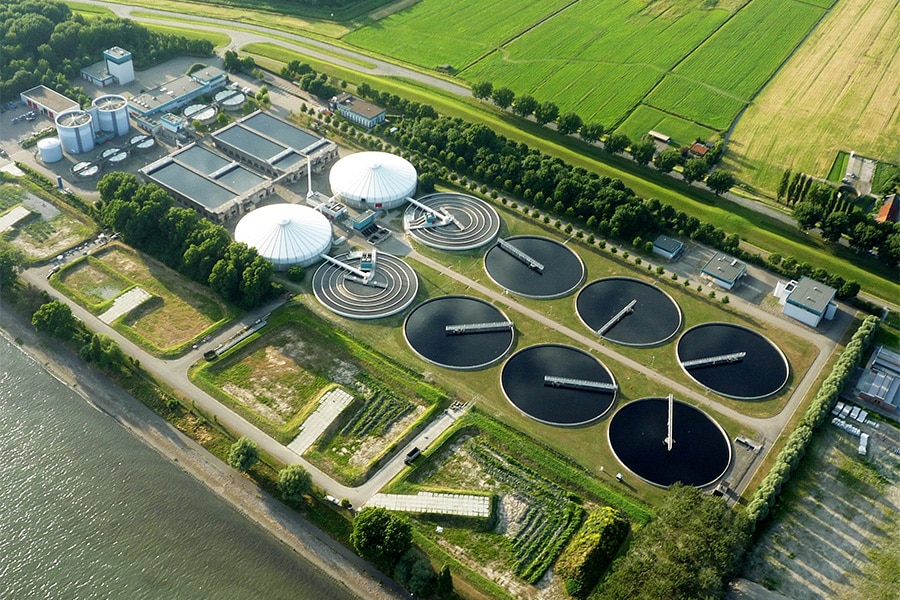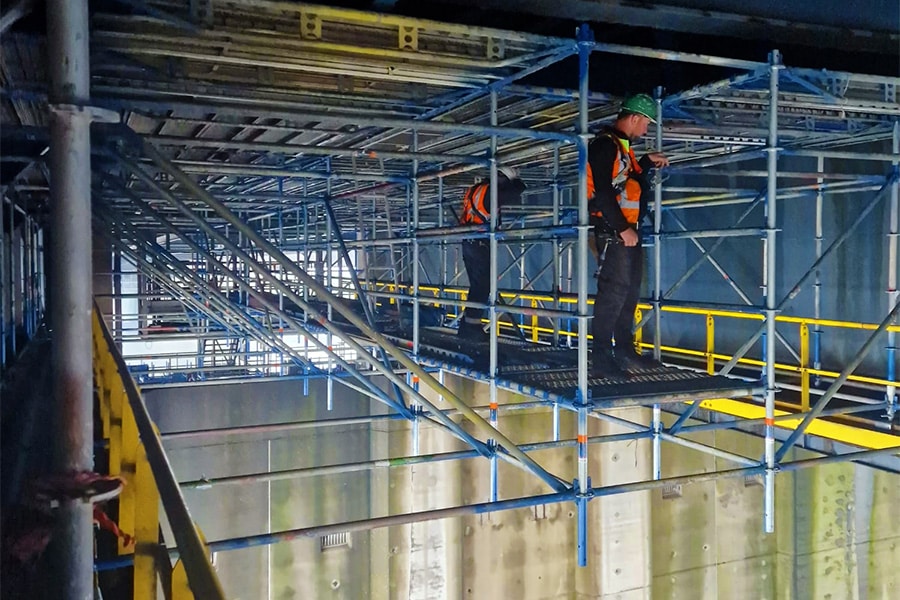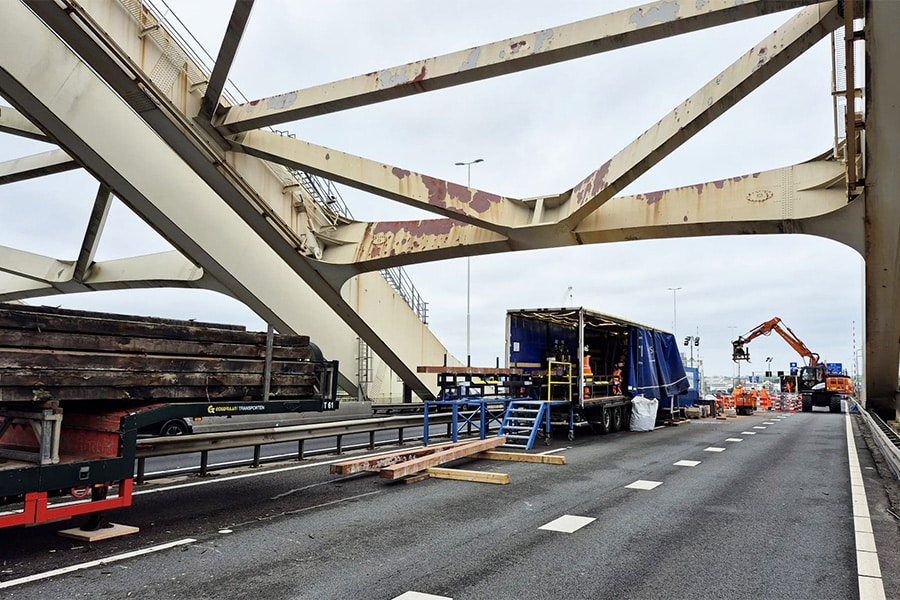
Amsterdam skate track | Europe's largest skate track under construction on Zeeburgereiland
On the Zeeburgereiland in Amsterdam, with an area of 3,000 m², the largest skate track in Europe is under construction. This extraordinary sports facility with international appeal is being built on the site of an old sewage treatment plant and is not only a technical challenge, but also a contribution to the circular economy.
The skate track forms part of a park under construction in the heart of this Amsterdam new housing estate, known as the Urban Sports Zone. KWS Infra Amsterdam-Heerhugowaard, in combination with KWS company Holland Scherm, is realizing the construction of the park, the company SkateOn is building the skate track. "Zeeburgereiland used to be an industrial area, but the companies have now given way to residential construction," knows Pepijn Kok, business manager at KWS Infra Amsterdam-Heerhugowaard. "At the site of the sewage treatment plant (rwzi), there are still a few large facilities of Waternet underground. So no housing development could come there and now the park with skate track is being built."
Underground remnants
The legacy of the rwzi presented KWS with a technical challenge. Says Kok, "We had to probe the subsurface to a depth of 30 meters to get a picture of all the soil layers and pipes still present there. The foundation piles of the plant and the underpinning sewer remained. These underground remnants and the contaminated silt under the current living layer pose a risk during the construction of the concrete foundation slab of the skate track. We mapped the underground infrastructure and incorporated it into a 3D model. From this, the pile plan for the foundation of the skate track was aligned."
Soft substrate
Given the weak subsoil, soil displacing screw piles were used, which also prevented vibration and noise nuisance for local residents in the Sporthelden neighborhood. The 180 piles rest on a 20-meter-deep sand layer.
A concrete layer 30 centimeters thick was poured on the piles, equipped with 145,000 pounds of reinforcing steel. Says Kok, "This construction ensures that the skate track will not sink an inch on the soft ground. For this project, we also included the Environmental Cost Indicator value (MKI) as one of the quality components in the tender. The lower the MKI value, the more sustainable the project. A low MKI value generally means CO2-reduction and a contribution to the circular economy. We were able to achieve that here by reusing rubble in both the foundation piles and the concrete floor; 35 percent of the material used is a sustainable gravel substitute. That means a high recycling rate."
The skate track is an initiative of skater Stan Postmus and was designed by Danish firm Glifberg+Lykke. The skate track is intended for both beginners and advanced skaters, skateboarders, BMX'ers and inline skaters. The construction of the skate facilities with sprayed concrete will be done by another company. Kok: "Those skate facilities sometimes reach up to 4 or 5 meters high. The surrounding park undulates with this height and has to partly connect to it." KWS will begin the groundwork for this in the fall and will then also take on the construction of the park-like surroundings, designed in the English landscape style. The complete Urban Sport Zone should open in the spring of 2020.





